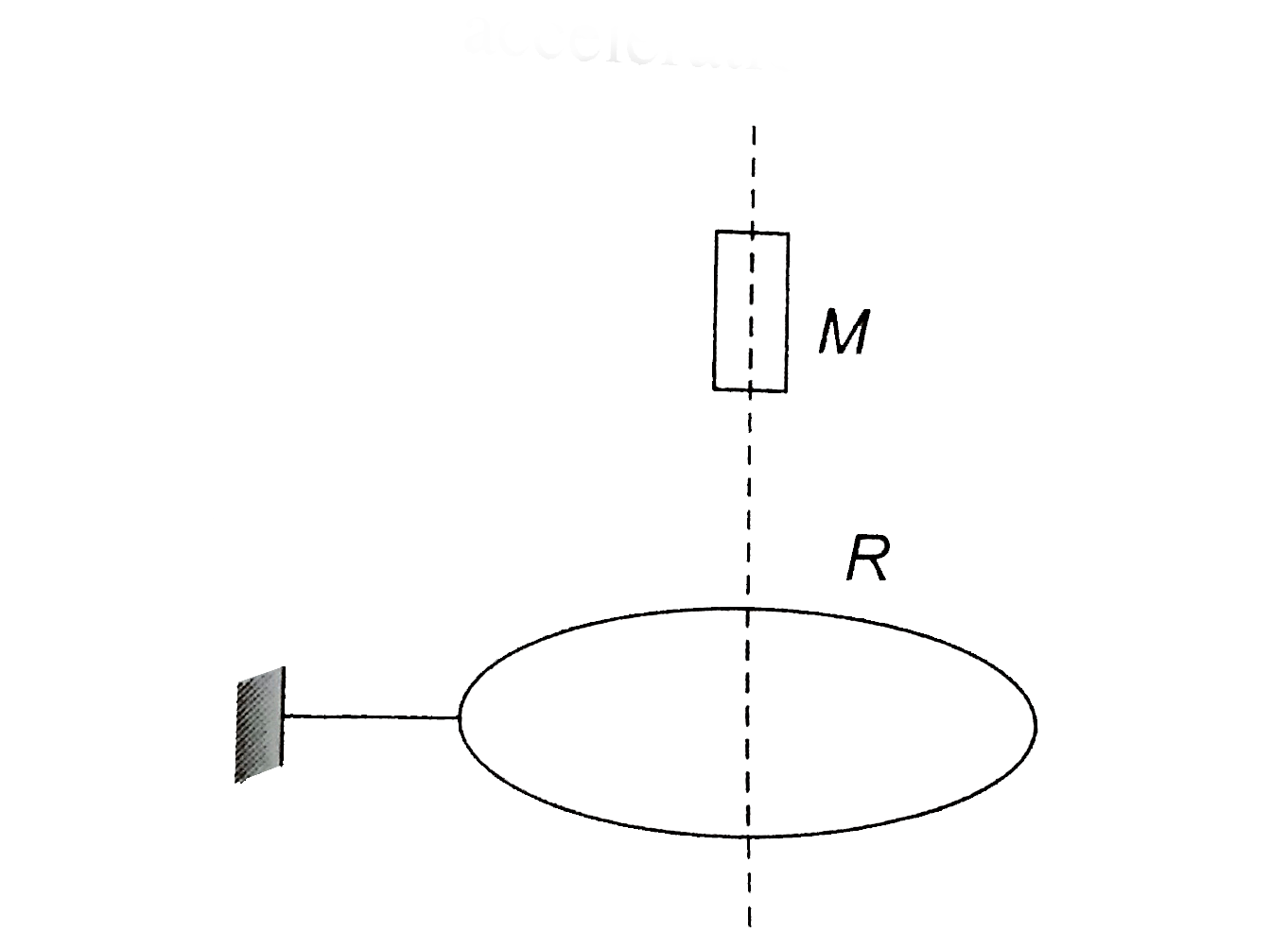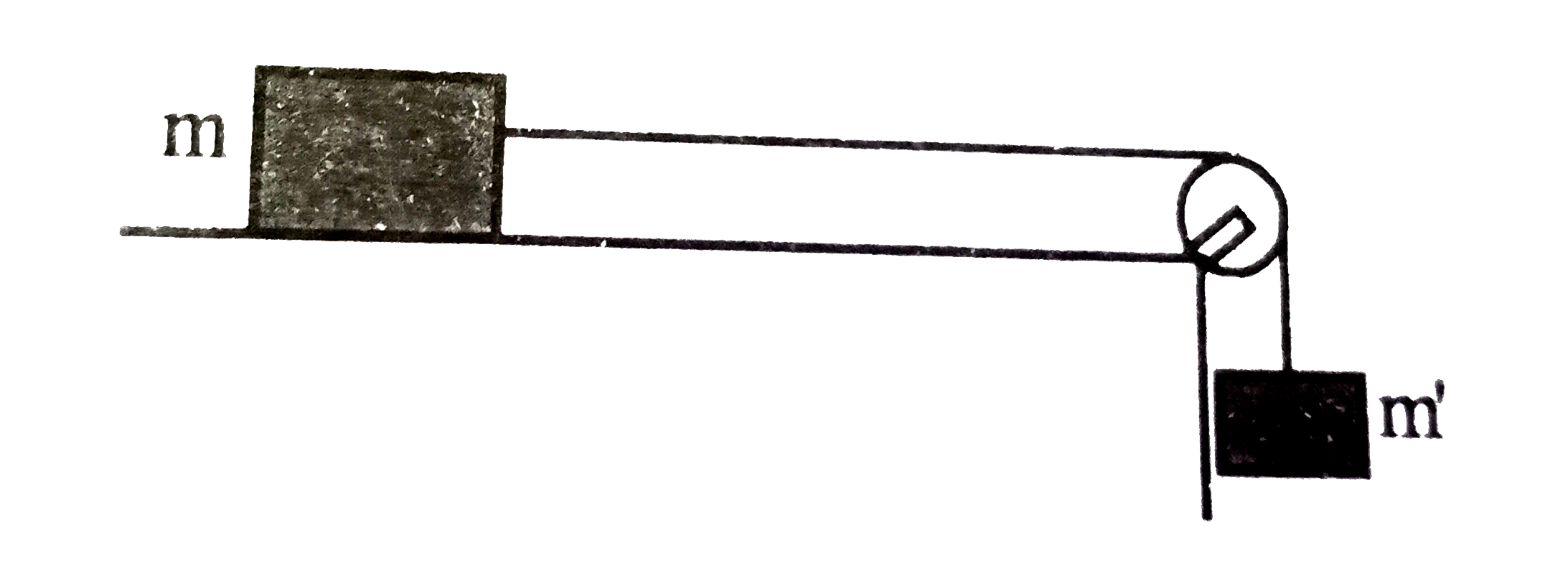A small magnet M is allowed to fall through a fixed horizontal conducting ring R. Let g be the acceleration due to gravity. The acceleration of M will be
< g when it is above R and moving toward R
> g when it is above Rand moving toward R
=g when it is below Rand moving away from R
= g when it is below Rand moving away from R
The correct Answer is:A, C
Step by step video, text & image solution for A small magnet M is allowed to fall through a fixed horizontal conducting ring R. Let g be the acceleration due to gravity. The acceleration of M will be by Physics experts to help you in doubts & scoring excellent marks in Class 12 exams.
Topper's Solved these Questions
- BOOK - RESNICK AND HALLIDAYCHAPTER - ELECTROMAGNETIC INDUCTIONEXERCISE - PRACTICE QUESTIONS (Linked Comprehension)19videos
ELECTROMAGNETIC INDUCTION
- BOOK - RESNICK AND HALLIDAYCHAPTER - ELECTROMAGNETIC INDUCTIONEXERCISE - PRACTICE QUESTIONS (Matrix-Match)8videos
ELECTROMAGNETIC INDUCTION
- BOOK - RESNICK AND HALLIDAYCHAPTER - ELECTROMAGNETIC INDUCTIONEXERCISE - PRACTICE QUESTIONS (Single Correct Choice Type)45videos
ELECTROMAGNETIC INDUCTION
- BOOK - RESNICK AND HALLIDAYCHAPTER - ELECTRIC POTENTIALEXERCISE - (PRACTICE QUESTIONS) Integer Type1videos
ELECTRIC POTENTIAL
- BOOK - RESNICK AND HALLIDAYCHAPTER - ELECTROMAGNETIC OSCILLATIONS AND ALTERNATING CURRENT EXERCISE - Practice Questions (Integer)7videos
ELECTROMAGNETIC OSCILLATIONS AND ALTERNATING CURRENT
Similar Questions
Knowledge Check
- Question 1 - Select One
A small magnet M is allowed to fall through a fixed horizontal conducting ring R . Let g be the acceleration of M will be
(i) <g when it is above R and moving towards R
(ii) >g when it is above R and moving towards R
(iii) <g when it is below R and moving away from R
(iv) >g when it is below R and moving away from R
 A(i), (iii)B(ii), (iv)C(i), (ii)D(ii), (iii)
A(i), (iii)B(ii), (iv)C(i), (ii)D(ii), (iii) - Question 2 - Select One
A short magnet is allowed to fall from rest along the axis of a horizontal conducting ring. The distance fallen by the magnet in one second may be
A5mB6mC4mDnone of these - Question 3 - Select One
Two masses m and m' are tied with a thread passing over a pulley, m' is on a frictionless horizontal surface and m is hanging freely. If acceleration due to gravity is g, the acceleration of m' in this arrangment will be :
AgBmg/(m+m')Cmg/m'Dmg/(m−m')
What is meant by 'free fall' hence define acceleration due to gravity.
View SolutionA bar magnet is falling from some height through a metal ring.
(i) Will its acceleration be equal to acceleration due to gravity (g)?
(ii) If the metal ring is cut, what will be the value of acceleration in that case?View SolutionAn object falls through a distance h in certain time on the earth. The same object falls through a distance 4h in the same time on a planet. If 'g' is acceleration dur to gravity on the earth then acceleration due to gravity on that planet will be
View SolutionIn the figure given below masses m and m' are tied with a thread passing over a pulley, m' is on a frictionlesss horizontal surface. If acceleration due to gravity is g, the acceleration of m' in this arrangement will be
 View Solution
View SolutionIn the fig. given masses m and m' are tied with a tread passing over a pulley, m' is on a frictionless horizontal surface. If acceleration due to gravity is g, the acceleration of m' in this arrangement will be:-
 View Solution
View Solution


